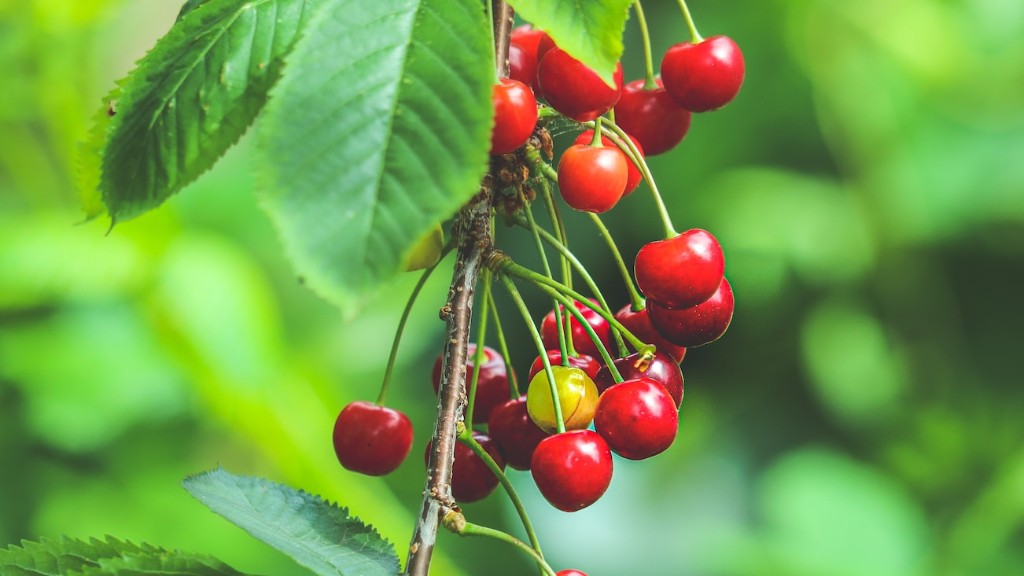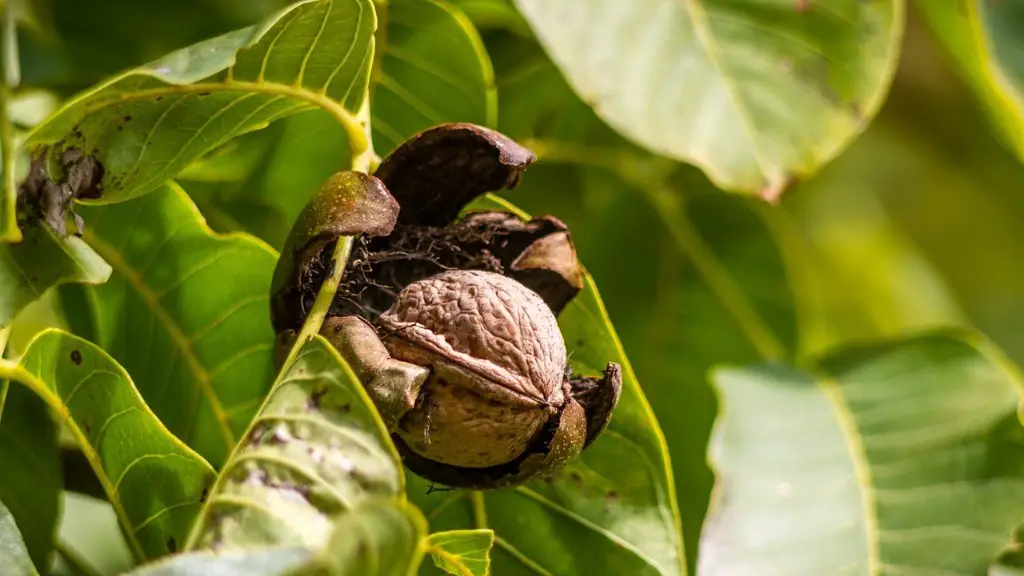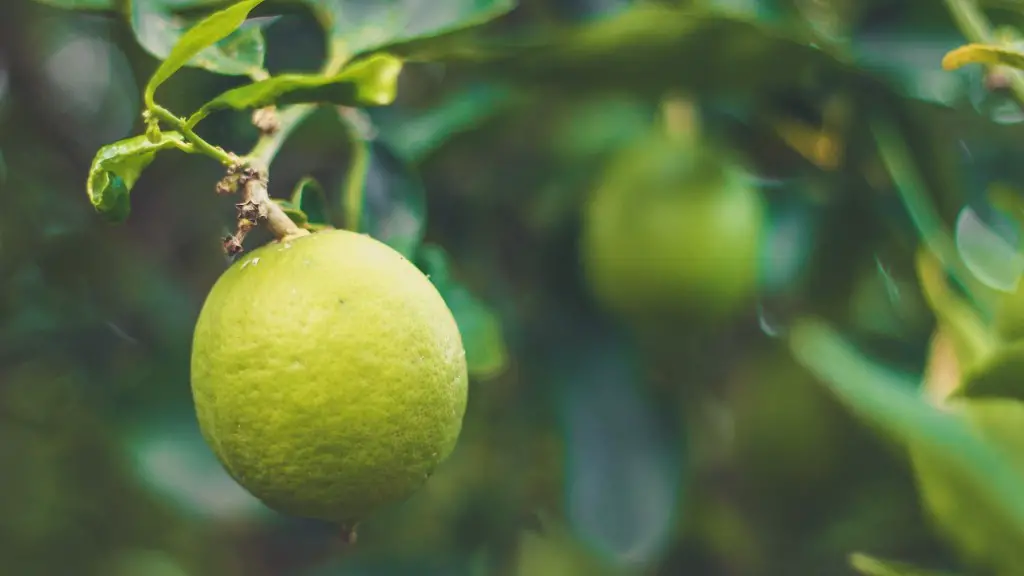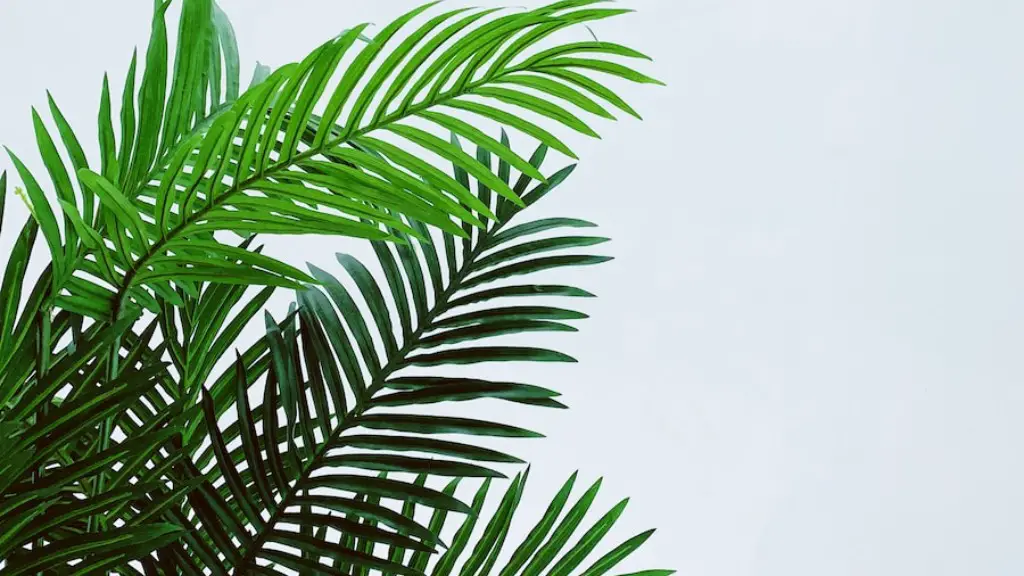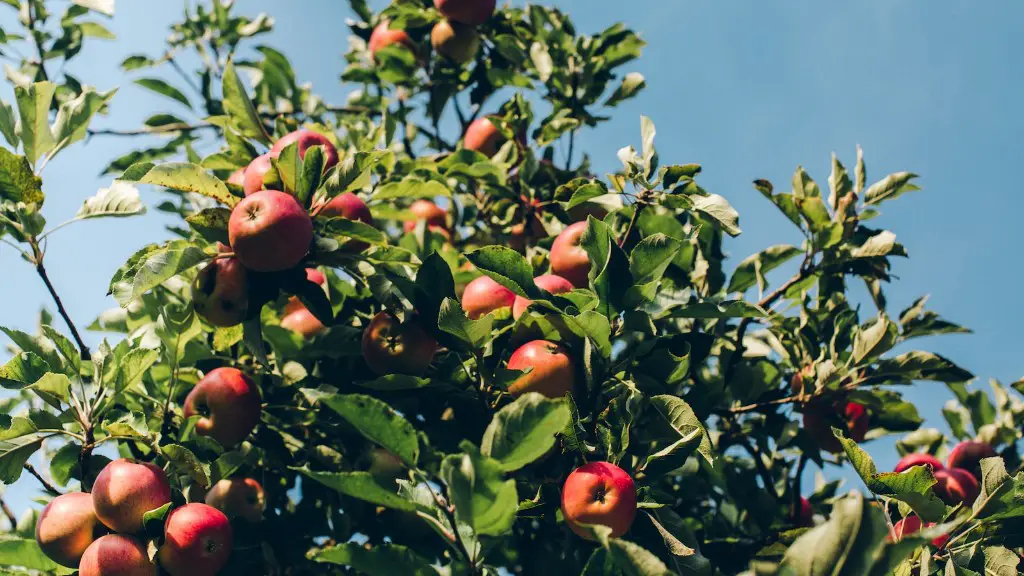If you have noticed small holes, or “shot holes”, in the leaves of a cherry tree, it’s likely that the tree has contracted shot hole disease. The good news is that this disease is treatable. However, approaching treatment of the shot hole disease in a cherry tree requires knowledge of the fungus that causes the disease, preventative measures and chemical treatments, as well as organic or mechanical control measures.
Shot hole disease is caused by a bacterial leaf spot fungus called Xanthomonas pruni. It can produce necrotic, or dead, spots with a diameter of about 1/8 inch in the leaves of cherry trees. Over time, the spot can enlarge and create what is referred to as “shot holes” in the leaves. Shot holes and tissue loss will result in a decreased leaf area, and eventually, can weaken the tree by diminishing its leaf supply and impairing its ability to photosynthesize.
The best way to protect a cherry tree from infection is through preventive measures. Make sure to keep the area free of any dead leaves and fallen cherries. Since the Xanthomonas pruni fungus spreads through splashing water, inflamed trees should be watered early in the morning so that the leaves can dry before nightfall.
There are a few chemical treatments that can help with the treatment of shot hole disease in cherry trees. Chlorothalonil and copper hydroxide are two such chemicals that will eliminate the fungus from the leaves. They can be applied as a spray that coats the leaves and will penetrate the tissue of infected leaves. When using a fungicide, it is important to read and follow the directions on the package.
Alongside chemical treatments, organic control measures can also be used to control shot hole disease. Pruning of the cherry tree, reducing the amount of fertilizer, and introducing beneficial bacteria like Bacillus subtilis or Pseudomonas syringae as a soil amendment should all be considered.
Finally, one of the best ways to protect your cherry tree is to introduce mechanical control measures. Placing screens on tree limbs, spraying the limbs and leaves with water, and sanitizing any gardening equipment used on the cherry tree are all important ways to reduce the spread of disease.
Rotation of Chemical Treatments
In order to best treat shot hole disease in cherry trees, it is important to regularly rotate between chemical treatments. Research suggests that spraying a combination of two fungicides on a 7 to 10 day interval is the most effective way to treat shot hole disease. As previously mentioned, Chlorothalonil and copper hydroxide are two chemical treatments that can be used for shot hole disease, but other mixtures of fungicides can also be utilized.
When choosing a fungicide, one should always be aware of the active ingredients in the mixture and the possibility that they can persist in the soil or hurt beneficial garden inhabitants, like bees or earthworms. Picking fungicides with different active ingredients or rotating fungicides with different active ingredients will reduce the chance of resistant strains of the Xanthomonas pruni fungus surviving.
Working with Natural Predators
The beauty of nature is that it works in harmony — when there is an imbalance in an ecosystem, it quickly works to regulate it. In terms of the shot hole disease on cherry trees, nature has the answer. There are two predatory mites that can help reduce the incidence of shot hole disease: Neoseiulus cucumeris and Aceria multicinctus. These mites feed on the eggs and larvae of the fungus, helping to reduce the spread of shot hole disease.
Introducing these predators to your garden might be a decision you consider, and these mites can be purchased from some gardening supply stores. However, you should be aware that the effectiveness of the mites depends largely on the climatic conditions of the area. In extreme temperatures, the predators are less effective.
Crop Rotation
Yet another way to prevent or reduce shot hole disease on cherry trees is to practice crop rotation. By planting a different crop, such as beans, in the soil year by year, and not suitable host plants, the risk of contracting shot hole disease is greatly diminished. Rotating crops in an area of infestation can greatly reduce the amount of overspray and improve your harvest.
Additionally, one should be careful to not interplant susceptible varieties with resistant varieties. Too much leaf debris in the vicinity of the resistant plants can create a conducive environment for shot hole disease. In other words, it is much easier for the fungus to transmit between susceptible plants if there is greater leaf debris.
Relocating Infested Trees
Relocating infested cherry trees may also be an option. If the cherry tree is in an unsightly location, or if the tree is in danger, relocating the tree is a viable option. However, it is important to be aware that if the tree is heavily infested and if no further treatments are conducted, the shot hole disease may spread to the new location.
In the relocation process, all season long shoots should be cut back by several feet before the move to help reduce the load on the tree. Care should also be taken to ensure the root system of the tree is not damaged in the move. Placing a barrier between the new spot and any other susceptible trees can also help reduce the risk of further transmission of the disease.
Foliar Spraying
The last resort to treat shot hole disease on cherry trees may be to spray the foliage of the tree with fungicides. Foliar spraying is usually done in the early summer when temperatures are warmer and the risk of plant injury is lower.
It is important to follow a few safety precautions when sprays are used. Clothing and protective equipment should be used at all times, the directions on the label should be followed, the environment should be monitored and necessary precautions should be taken, and children and animals should be kept away from the treated area.
Limiting Spreading of the Fungus
Finally, preventing the spread of the fungus is essential to keep the shot hole disease from spreading. Do not attempt to work with infested trees, use sanitized gardening tools, and avoid the use of splash guards when the tree is watered. Do not let dead leaves to fall from the tree and do not let the tree become overly stressed with too much fertilizer. These measures will help limit the spread of the shot hole disease to other trees.
Invasive Measures
Sometimes, the best way to treat shot hole disease on cherry trees is to practice invasive measures. pruning out infected branches and removing any dead or diseased leaves is one way to start. In addition, any fallen leaves and branches should be collected and disposed of in sealed plastic bags. Large amounts of organic matter or mulch around the root zone can also help lower disease pressure.
Finally, increasing the spacing between trees is important, as is the use of organic soil amendments. Adding beneficial fungi, such as mycorrhizal fungi or Trichoderma harzianum as a soil amendment, can help protect the trees from infection. This will help reduce the available nutrients for the fungus to grow and reproduce.
Sanitation Techniques
Proper sanitation techniques should be employed when treating shot hole disease on cherry trees. Start off by removing or pruning any infected parts of the tree. The pruned branches and leaves should be tossed away in sealed plastic bags and placed in the trash. Watering should be done only at the base of the tree and no water should be splashed onto the leaves or branches.
As for the tools used for pruning, these should be sanitized often. To do so, simply spray the tools with a solution of one part bleach to ten parts water, rinse with clean water, and then dry completely before storing. Additionally, wearing rubber gloves and long sleeves are advised when working with the tree.
Natural Rejuvenation
Cherry trees affected by shot hole disease can be revitalized by natural means. Utilizing biofertilizers, such as plant extracts like neem or jaggery, can help increase the trees’ resistance to infection and aid in their rejuvenation. Additionally, adding beneficial bacteria to the soil in the form of compost tea or a fish emulsion can help reduce the occurrence of shot hole disease.
It is also important to make sure that the tree, after pruning, is getting the right balance of water and sunlight. Properly drainage and mulching the area around the tree can also help to rejuvenate the tree, as well as avoiding any further infection.
